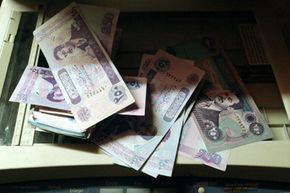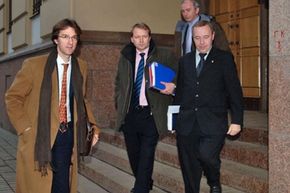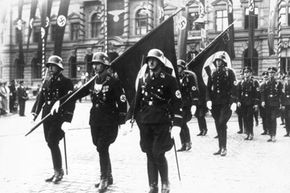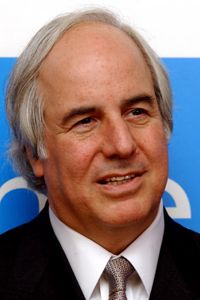Anybody can steal -- it doesn't take much thought. Counterfeiting, on the other hand, requires panache and finesse. Pilfering goods and services from an unwitting vendor by printing and using fake currency is as much an art as it is a crime; the fraternity of counterfeiters is one that's populated by criminals with more than the average amount of derring-do. In fact, the history of counterfeiting is filled with tales of close calls, jailbreaks, Nazi plots, spectacular fraud and, of course, money.
It used to be much easier to get away with counterfeiting money than it is today. Without a central bank like the Federal Reserve in place, anyone with the means to do so and the reputation to back it up could issue notes of legal tender. With private businesses and banks issuing their own money, an estimated 10,000 different kinds of currency were in circulation in the United States in 1850 [source: Lapham].
Advertisement
These days, the government's determination to fight counterfeiting has made it a dying criminal pursuit. Security measures like increasingly detailed paper currency and tightened banking restrictions make counterfeiting more difficult. The advent of desktop ink jet printers have produced a certain laziness in today's currency forgers. Counterfeiting has become what one 22-year veteran of the Secret Service calls "a lost art" [source: Lambe].
That said, the legends of those counterfeiters who were dedicated to their craft remain as enthralling as ever. What follows are the stories of some of the best counterfeiters who ever lived.





